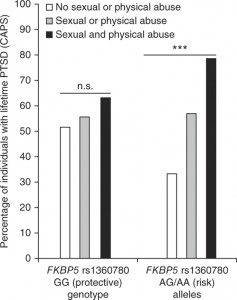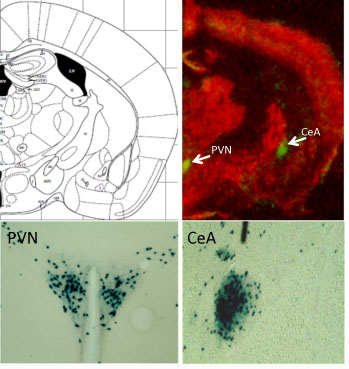
Photo credit: Julia Freeman-Woolpert
Tireless advocacy in the last decade by mental health professionals and people who are affected by mental illness has aimed to reduce the stigma of psychiatric disorders. To determine the influence those efforts have had on news media portrayals, Emory researchers studied newspaper articles using the terms “schizophrenia†and “schizophrenic†in the years 2000 versus 2010.
“The primary goal of journalists is to give fair, accurate and unbiased reports of news events that will be of interest to the public,†says study author Arshya Vahabzadeh, MD, resident psychiatrist in the Department of Psychiatry and Behavioral Sciences at Emory University School of Medicine.

Arshya Vahabzadeh, MD, resident psychiatrist in the Department of Psychiatry and Behavioral Sciences at Emory University School of Medicine says that people who suffer from a mental illness often internalize negative references, and develop coping mechanisms that become obstacles to treatment.
“A secondary goal is to capture the attention of readers and viewers,†he says. “Unfortunately, stories linked to a mental illness have been shown to strongly attract readers’ attention, and to contribute to unfavorable public conceptions of mental illness.â€
According to the researchers, the decade from 2000 to 2010 was of particular importance to the study because as the new millennium began, attention increasingly focused on public awareness of mental illness, with mental health professionals, advocacy groups and governmental bodies targeting de-stigmatization of psychiatric disorders.
Vahabzadeh and his colleagues examined hundreds of articles that appeared in five major newspapers during a five-month time period during 2000 and 2010, searching for the terms “schizophrenia†and “schizophrenicâ€.
The researchers found that during that period in 2000, 7,114 articles were published in the five selected newspapers, 247 of which mentioned schizophrenia. During the same period in 2010, 4,397 articles were published, with 151 articles mentioning schizophrenia.
Although a larger percentage of the articles were published in 2000 than in 2010, the percentage of articles mentioning schizophrenia did not differ. Similarly, there was no significant difference in metaphorical usage of the term “schizophrenia†– using the term to describe conflicting decisions or illogical actions.
Of particular concern to investigators was that 60 percent of the human-interest stories in both time periods focused on highly emotive reports of violence, dangerousness and criminality. Murders committed by people with schizophrenia accounted for almost half of such articles. The authors did, however, recognize a smaller proportion of articles focusing on crimes and murder committed by people with schizophrenia in 2010 compared to 2000.
Additionally, despite the fact that people with schizophrenia are more prone to be the victims rather than perpetrators of crime, situations in which people with schizophrenia were reported as victims accounted for only 0.5% of the articles reviewed.
“People who suffer from a mental illness often internalize these negative references, and develop coping mechanisms that become obstacles to treatment,†explains Vahabzadeh.
“Negative perceptions also may result in problems for those who are successfully treated,†he says. “People with schizophrenia may encounter stigma when they attempt to integrate into society, build relationships, find employment and even housing. It is important for us as mental health professionals to look for opportunities to educate the media on ways to become a positive force to reduce stigma.â€
Nadine Kaslow, PhD, professor and chief psychologist at the Emory University School of Medicine, whose mentorship inspired the study, says “This study provides invaluable information about the persistence of negative and unfounded portrayals of people living with schizophrenia to the public. It is imperative that everyone interacts with people living with mental illness respectfully and with compassion, and that they be welcomed members of our community.”
The study was published in the Journal of Psychiatric Practice http://www.ncbi.nlm.nih.gov/pubmed/22108403.
Additional study investigators include Justine Wittenauer, MD, Emory University School of Medicine and Erika Carr, PhD, Yale University School of Medicine.
Posted on
February 29, 2012 by
admin
in Uncategorized














